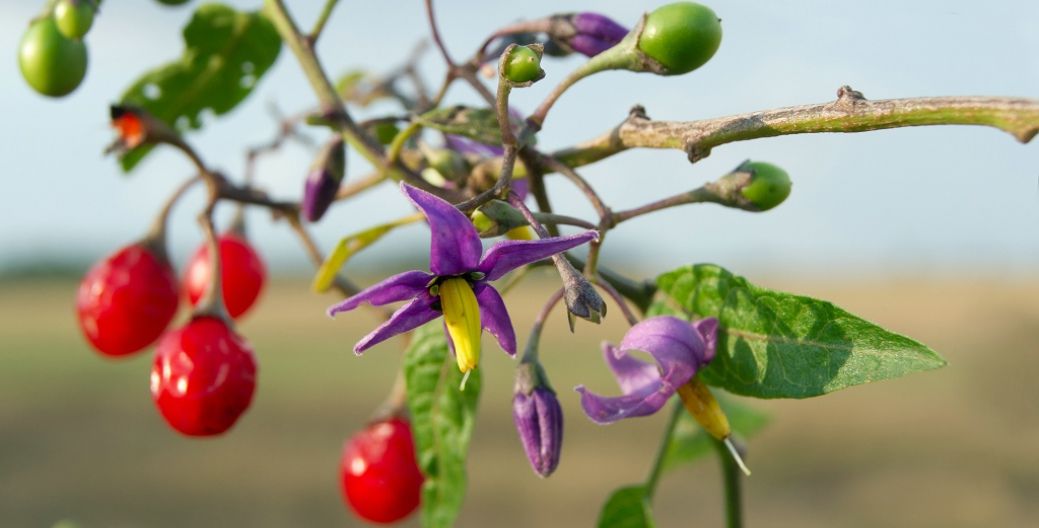Plant Collection Most Common Shrub Laurustinus See More Laurustinus (Viburnum tinus) is a flowering shrub native to the Mediterranean region. It is cultivated as an ornamental plant and it often adorns winter gardens. When little else is growing during cold days of winter, Laurustinus produces numerous clusters of tiny white flowers. Add to My GardenContinue reading “Most Common Shrub”
Although the oleander is commonly planted on roadsides, or in gardens as an ornamental plant, touching the plant's sap may cause skin irritations, severe eye inflammation, and allergic reactions characterized by dermatitis, due to the same toxic substances in the plant. While the skin irritations caused by the plant will usually heal on their own, poisoning cases due to consumption require immediate medical attention. Emetic and gastric lavage can effectively reduce the absorption of the plant's toxic compounds.
Although intentionally consuming the plant is rare, those who are working with the oleander in the garden, or are simply near a plant that is growing in a public space, are at risk for skin and eye irritations.


Plant Collection Best Perennial Plant to Grow Orange daylily See More The Orange daylily is a perennial plant known for its captivating lily-like blooms. Its natural habitats are meadows and forests, but it is also a common garden plant in temperate regions around the world. Each individual flower lasts only a day, but the plantContinue reading “Best Perennial Plant to Grow”

Plant Collection 10 Plants Most Poisonous to Children While the natural world may always make the best playground, there are some species out there that can cause major problems for children. Read on to learn about the worst offenders of the toxic world, and learn to identify them so you can keep your children far,Continue reading “10 Plants Most Poisonous to Children”

Plant Collection Best Perennial Plant to Grow China rose See More The China rose (Rosa chinensis) is a Southwest China native. The plant has been cultivated for so long that it has become hard to tell the difference between wild and cultivated varieties. With medium-sized clusters of flowers and a long blooming season, it isContinue reading “Best Perennial Plant to Grow”







